The importance of instilling the concept of...
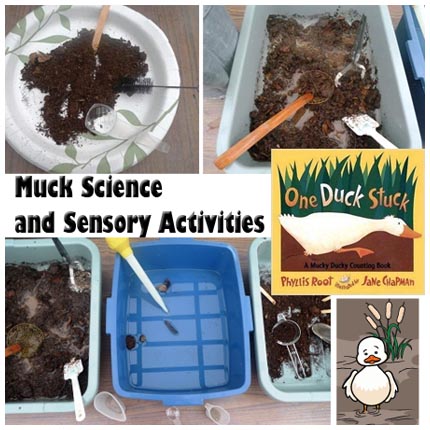
How is mud made? What are the differences between dirt and mud? How does mud feel? These are some of the questions children answer as they explore dirt, water, and the results of mixing the two: MUD or MUCK!
What you need:
What you do:
Step 1: Observe and Explore Dirt
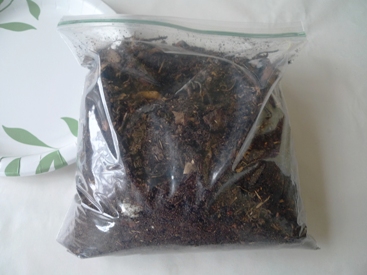
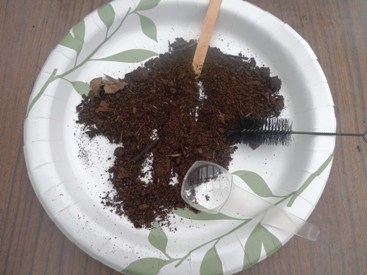
Ask questions to help children name their observations: Record their responses on chart paper.
Step 2: Make and Explore Muck
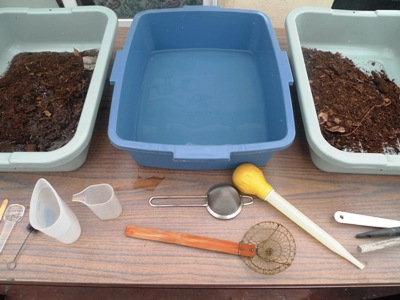
Have children pour the dirt from their baggies into two tubs. Fill a third tub with water. Add water from a watering can to one of the tubs containing dirt. Explain that when dirt mixes with water, the result is mud or muck. Arrange the tubs in an area where children can explore the three substances with a vareity of tools such as measuring cups, strainers, basters, brushes etc. Encourage children to move items found in the dirt (leaves, twigs, rocks etc.) to the tub of water to see what happens. As children explore, ask questions to faciliatate a comparison of the three substances and their different qualities.
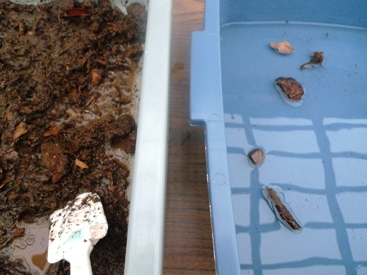
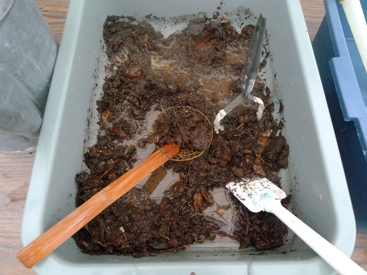

If you have scales, children can weigh equal amounts of dirt and mud/muck to see which is heavier. They can also use toy cars or trucks and move them through the dirt and the muck to compare how each substance responds.
Follow up the activity with a group discussion. Write children's observations on chart paper and have them draw conclusions about mud/muck and its qualities based on their explorations.
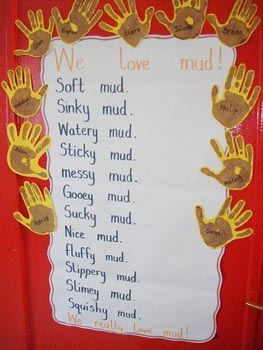
We love the mud list poem by Sunflower Lily on Flickr (cc)
KidsSoup Resource Librar